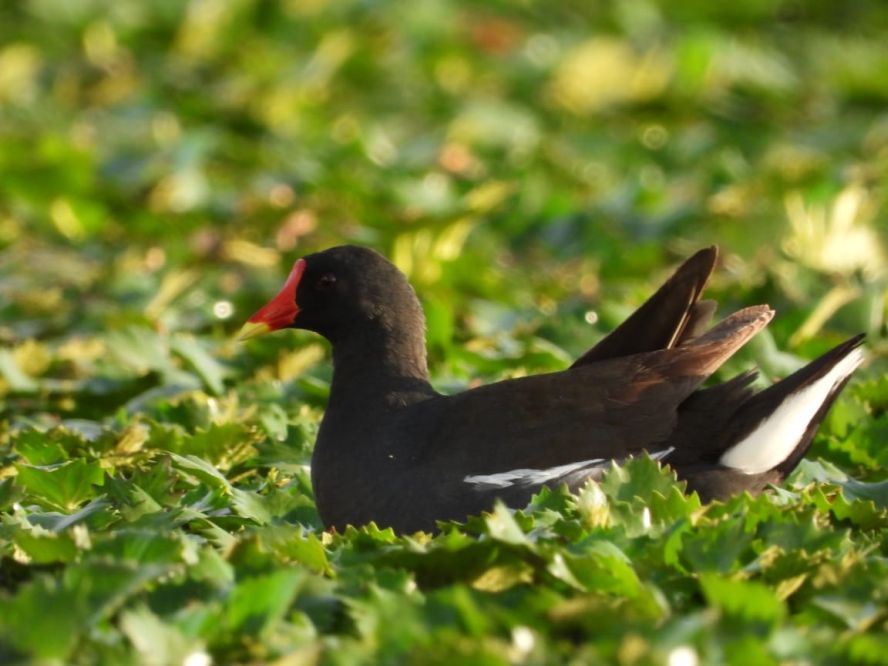December 28, 2023
A New Sighting: Black-necked Grebe at Hokersar Wetland
Introduction
- Recently, a significant environmental discovery marked the inaugural sighting of a Black-necked Grebe within the premises of Hokersar wetland. This event sheds light on the unique biodiversity thriving within this renowned site.
Exploring the Black-necked Grebe
Species Overview
- The Black-necked Grebe, scientifically labeled as Podiceps nigricollis, belongs to the grebe family of waterfowl. It boasts a widespread breeding range, with migratory populations spanning across Eurasia and North America. Additionally, subtropical Africa hosts a resident population of this bird.
Distinctive Features
- Measuring between 28 to 34 centimeters and weighing 265 to 450 grams, this bird exhibits a striking appearance. Its breeding plumage showcases ochre-colored feathers extending behind the eye and over the ear coverts. The upper parts, including the head, neck, and breast, exhibit black to blackish-brown hues, while the non-breeding plumage presents a greyish-black appearance. With a wingspan ranging from 20.5 to 21.6 inches, the Black-necked Grebe’s dark greenish-grey legs and similar sexes add to its distinctive traits.
Behavior and Habitat
- This species employs diverse foraging techniques, primarily preying on insects caught either on the water surface or in flight. Despite its inclination to avoid extensive flight, it embarks on migratory journeys covering distances of up to 6,000 kilometers.
Conservation Status
- Assessed by the IUCN as of “Least Concern,” the Black-necked Grebe’s presence at Hokersar wetland signifies the importance of preserving such crucial habitats.
Insights into Hokersar Wetland
Overview of the Site
- Dubbed as the ‘Queen Wetland of Kashmir,’ Hokersar (or Hokera) stands as a Ramsar site situated in Srinagar, Jammu and Kashmir. Spanning 13.75 square kilometers in the northwest Himalayan Biogeographic province, it nestles amidst the snow-clad Pir Panjal range, resting at an altitude of 1584 meters.
Ecological Significance
- This wetland, connected to the Jhelum basin and fed by the Doodhganga River, thrives as a natural perennial habitat. Its distinctive reed beds, exclusive to the region, attract a diverse array of waterfowl species. Among the 68 species documented, notable inhabitants include the Large Egret, Great Crested Grebe, Little Cormorant, Common Shelduck, Tufted Duck, and the endangered White-eyed Pochard. These avian residents flock from distant regions such as Siberia, China, Central Asia, and Northern Europe.
Conclusion
- The sighting of the Black-necked Grebe at Hokersar wetland underscores the ecological significance of this pristine habitat. As a crucial refuge for diverse avian species, the conservation of such wetlands becomes imperative to safeguarding the intricate balance of biodiversity.
Daily Gist : The Hindu/Indian Express : 30 Jan 2025
January 30, 2025
Gist of editorial : the Hindu/ Indian Express/20 Jan 2025
January 20, 2025
Daily the Hindu/ Indian Express Editorial Gist: 14 Jan 2025
January 14, 2025

